Local News
We see a lot of Egrets in the valley. The little Egret is the predominant species - although you will also see cattle Egrets and great white Egrets.
- Little Egrets has become a lot more common in the last 30 years across the UK. About two thirds the size of the great egret, it has a black legs and rapier-like bill. Its plumage is brightly white with long head tassels.
- Cattle Egrets are slightly smaller than the little egret and have an orange crest and chest. It is more commonly found around livestock in wetland areas, feeding on creature disturbed by the mammals’ hooves. Still a relatively rare sight in Britain but increasingly common and beginning to breed at several locations
- Great White Egrets are about the same size as our grey herons, but pure white except for their black legs and a bright yellow sharp beak.
Have you seen any? Please do share your pictures of these wonderful birds on our Facebook group.
Little Egrets | ||||
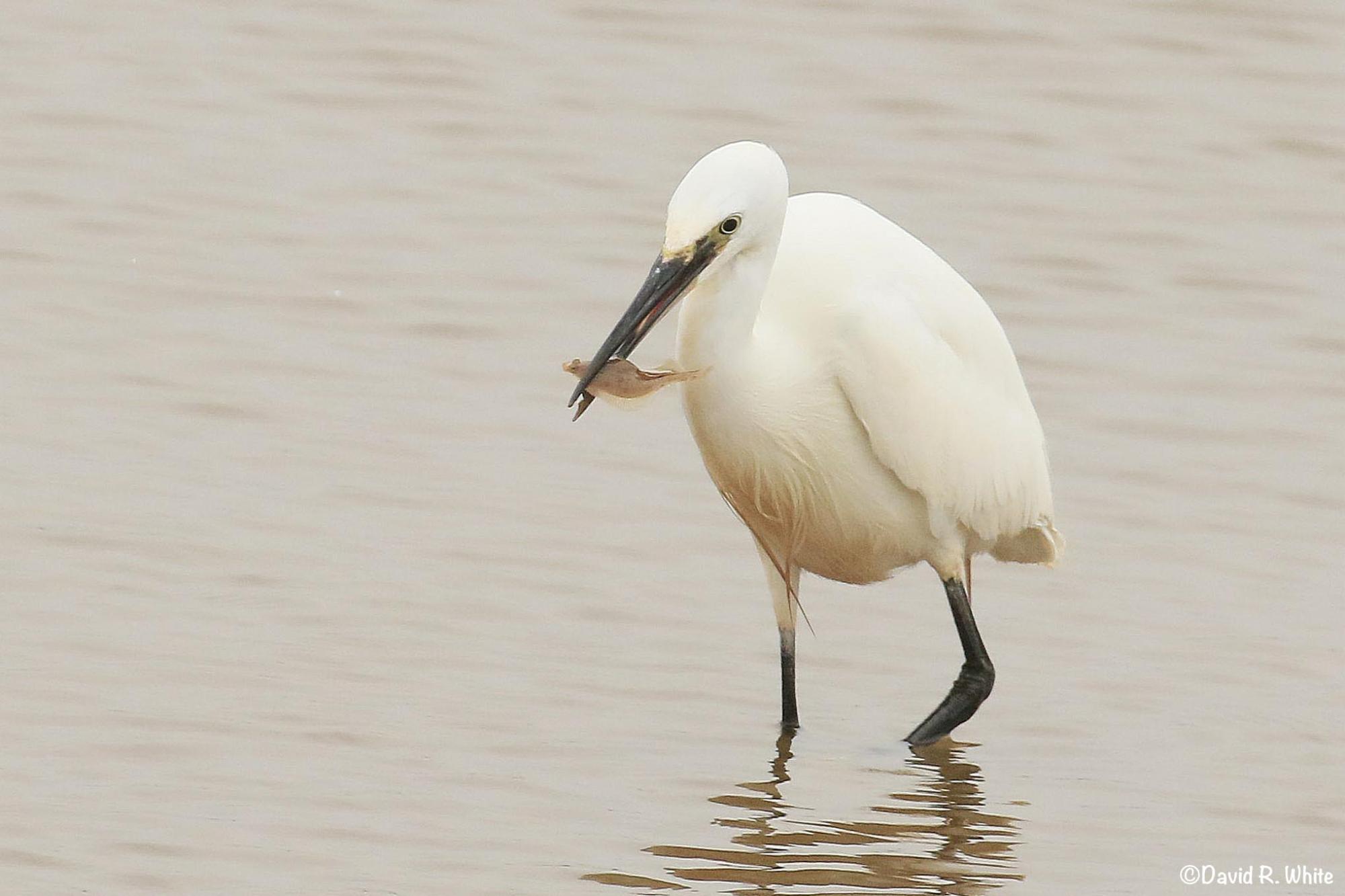 | 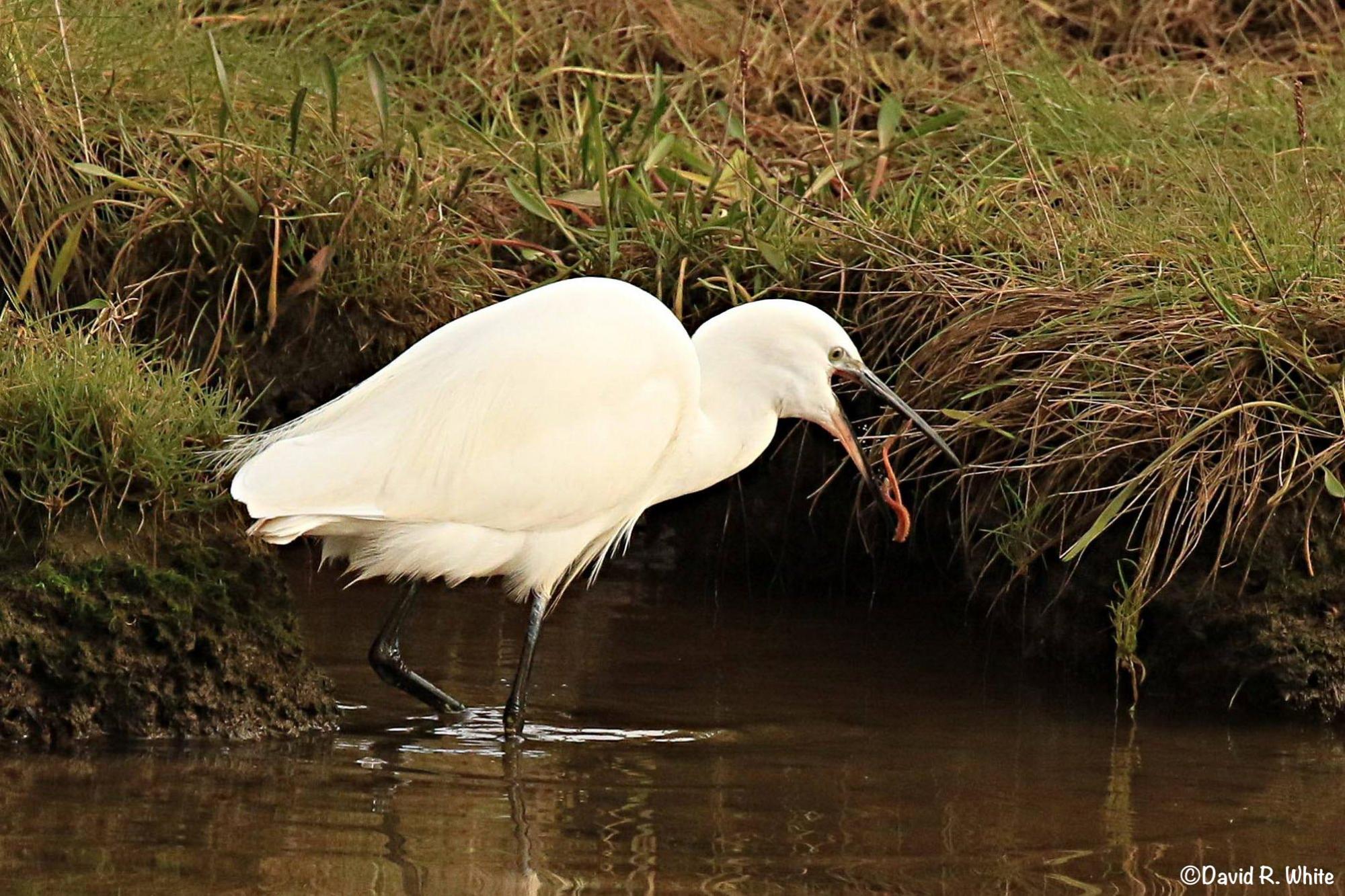 | 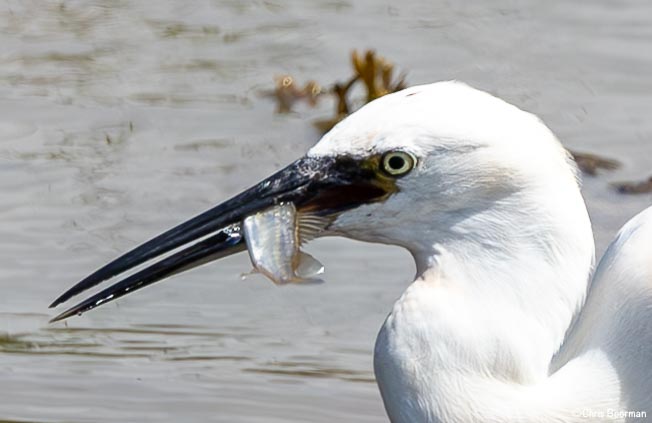 | 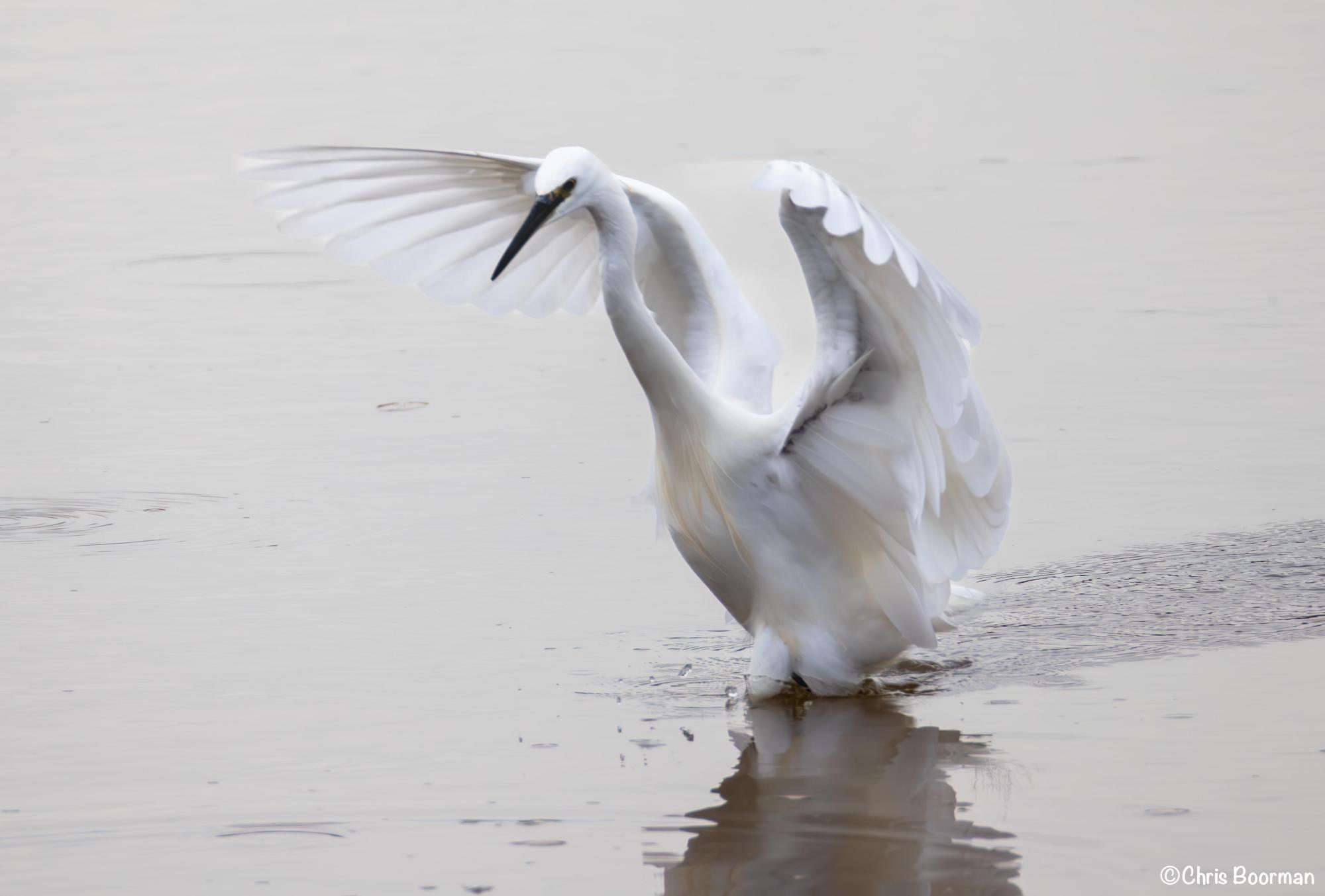 | 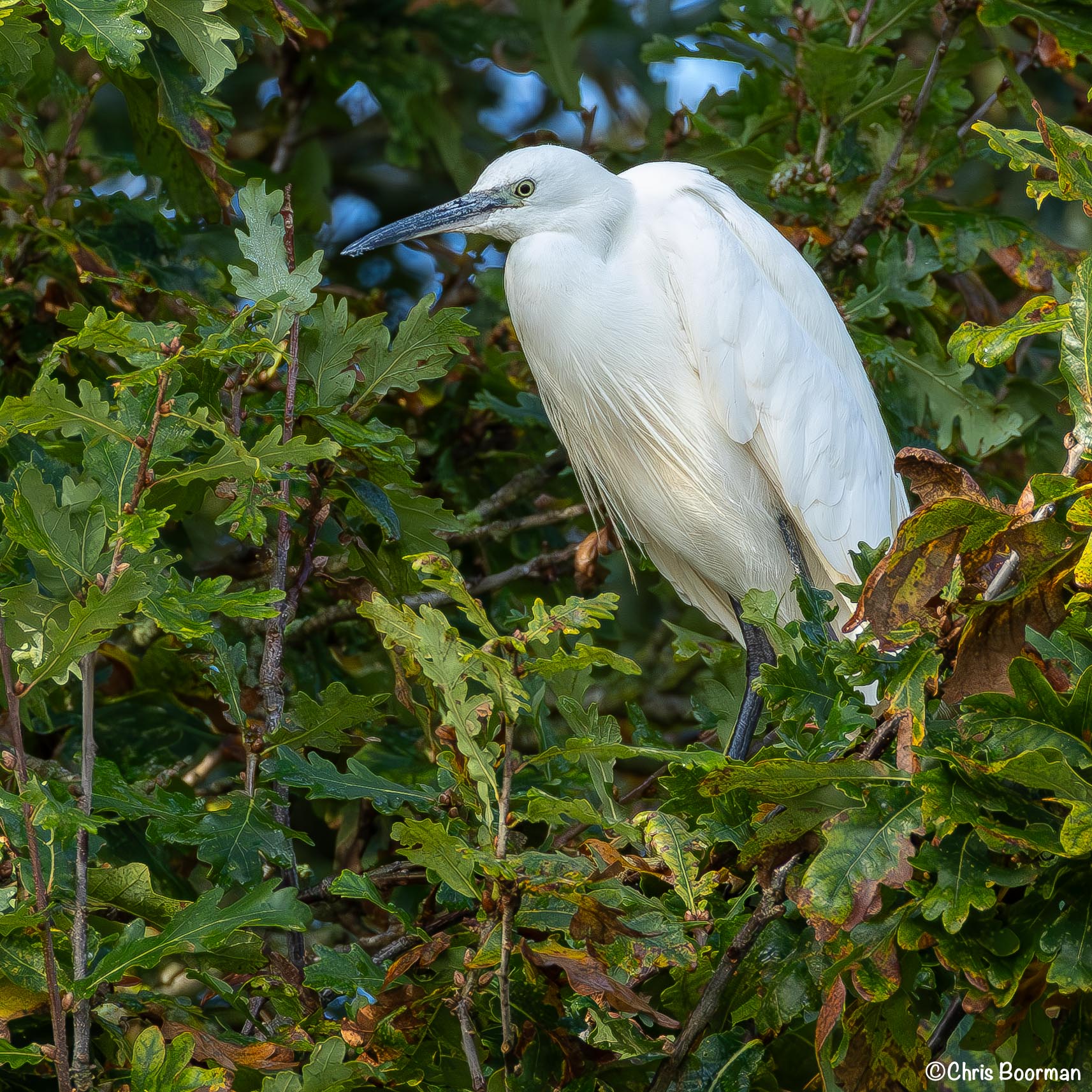 |
 | 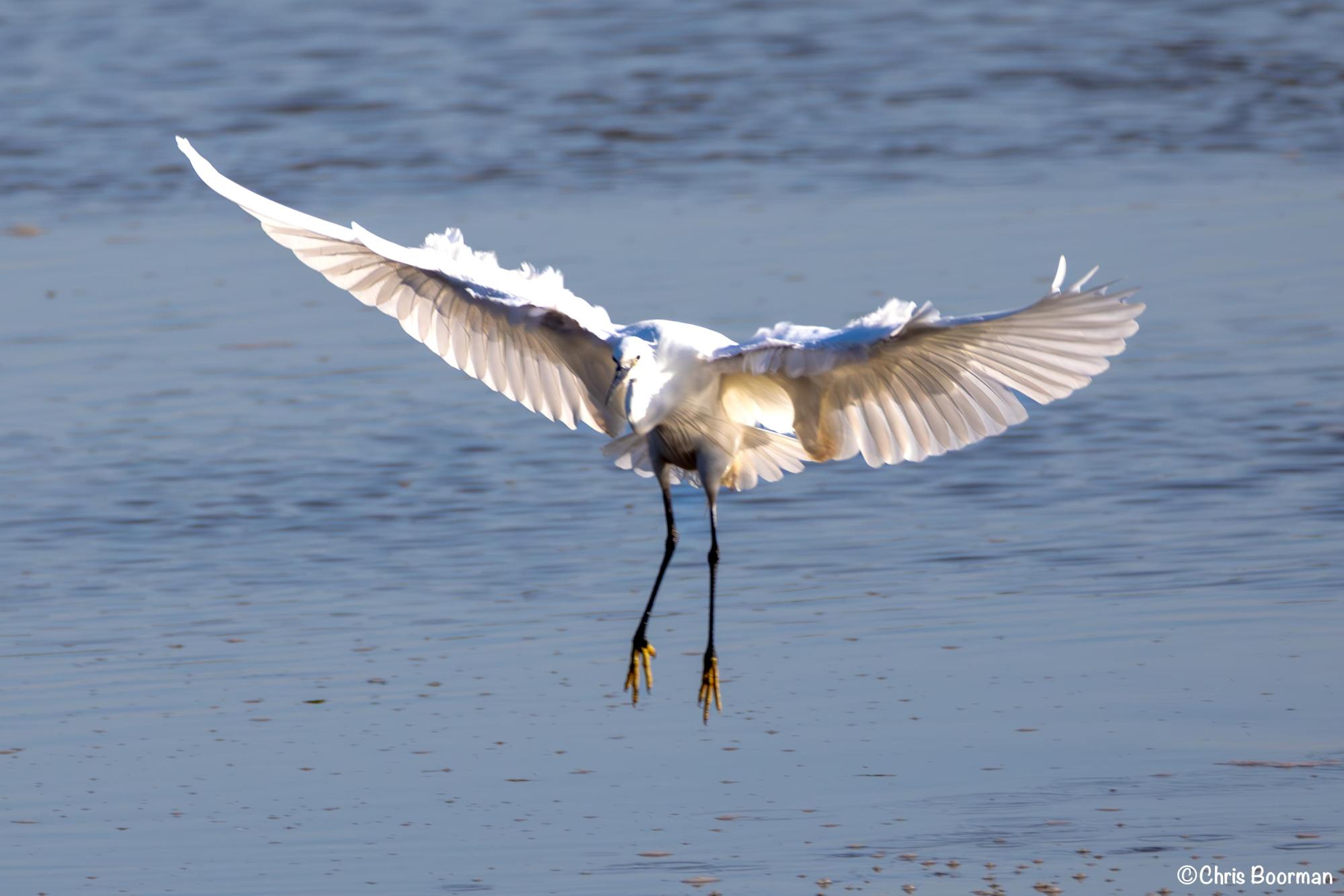 |  | 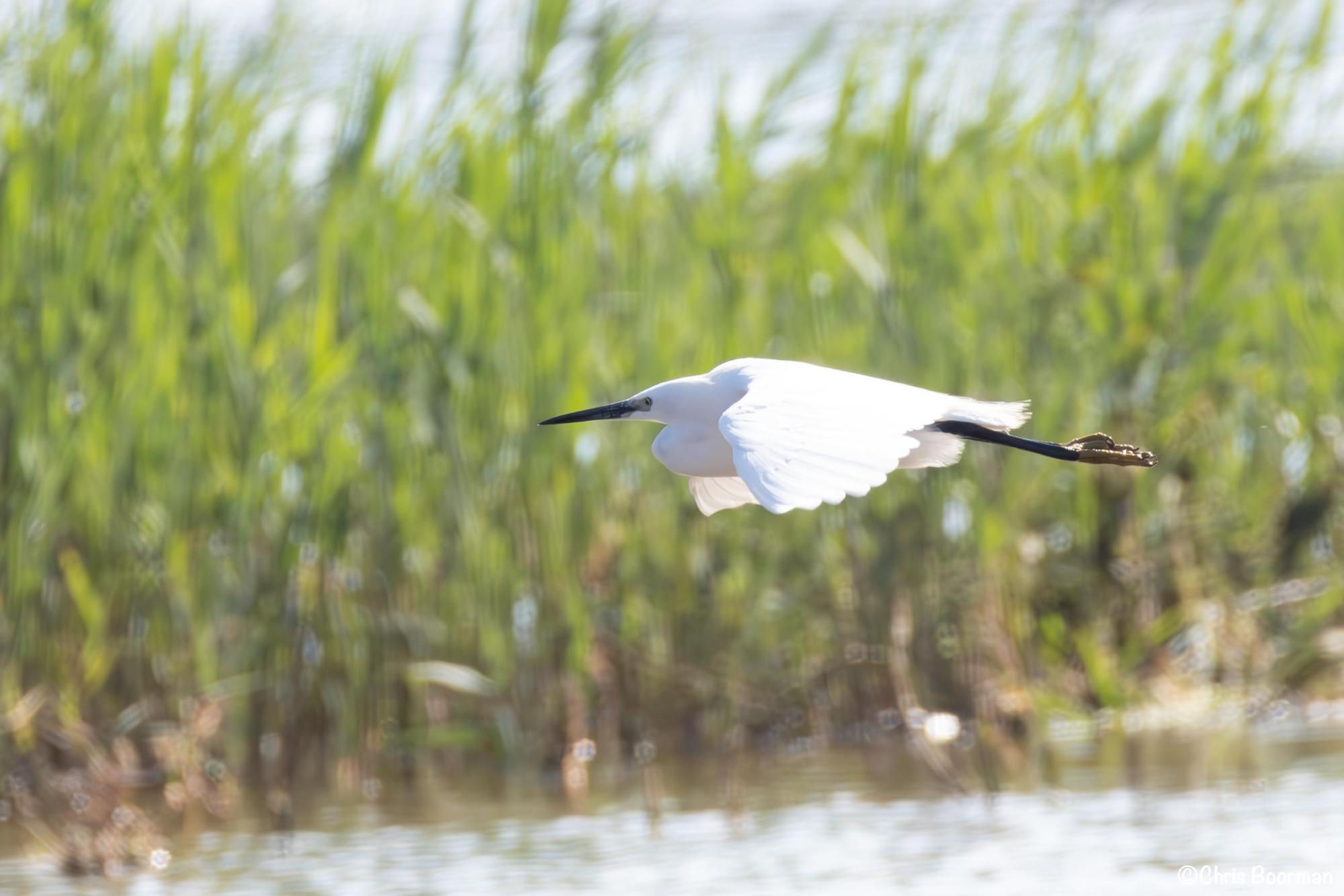 |  |
Cattle Egrets | ||||
 | 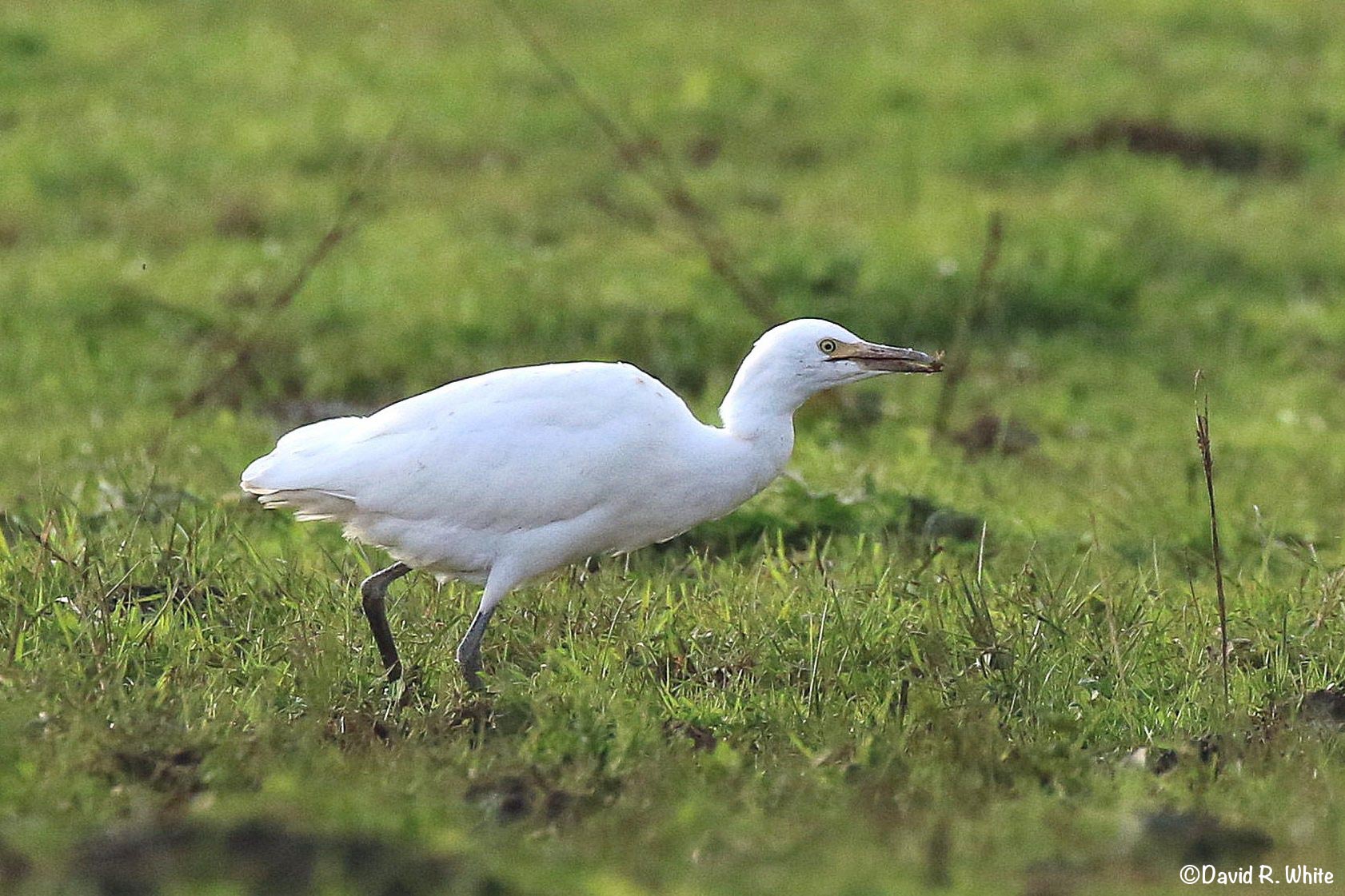 | 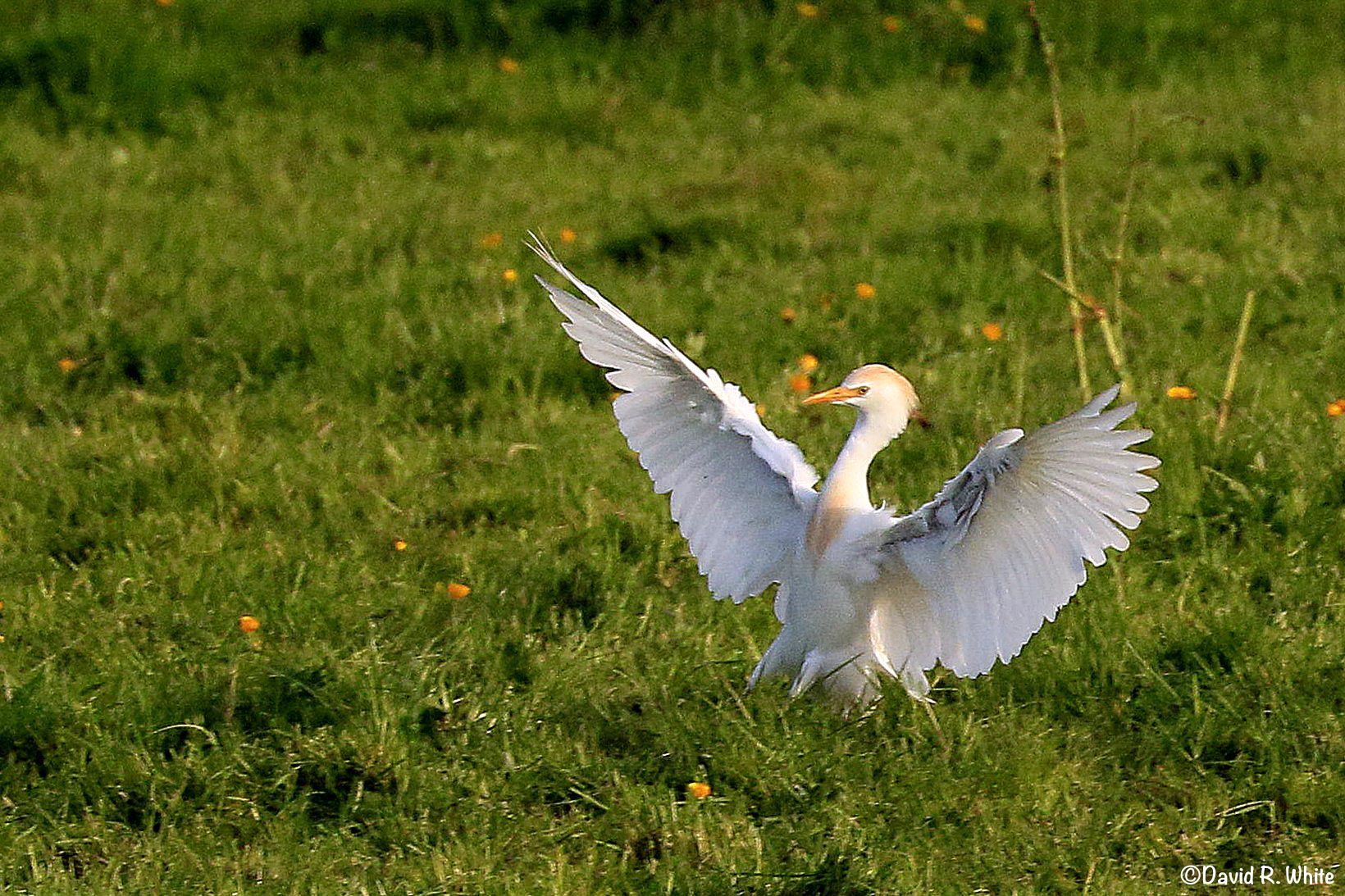 | ||
Great White | Egret | |||
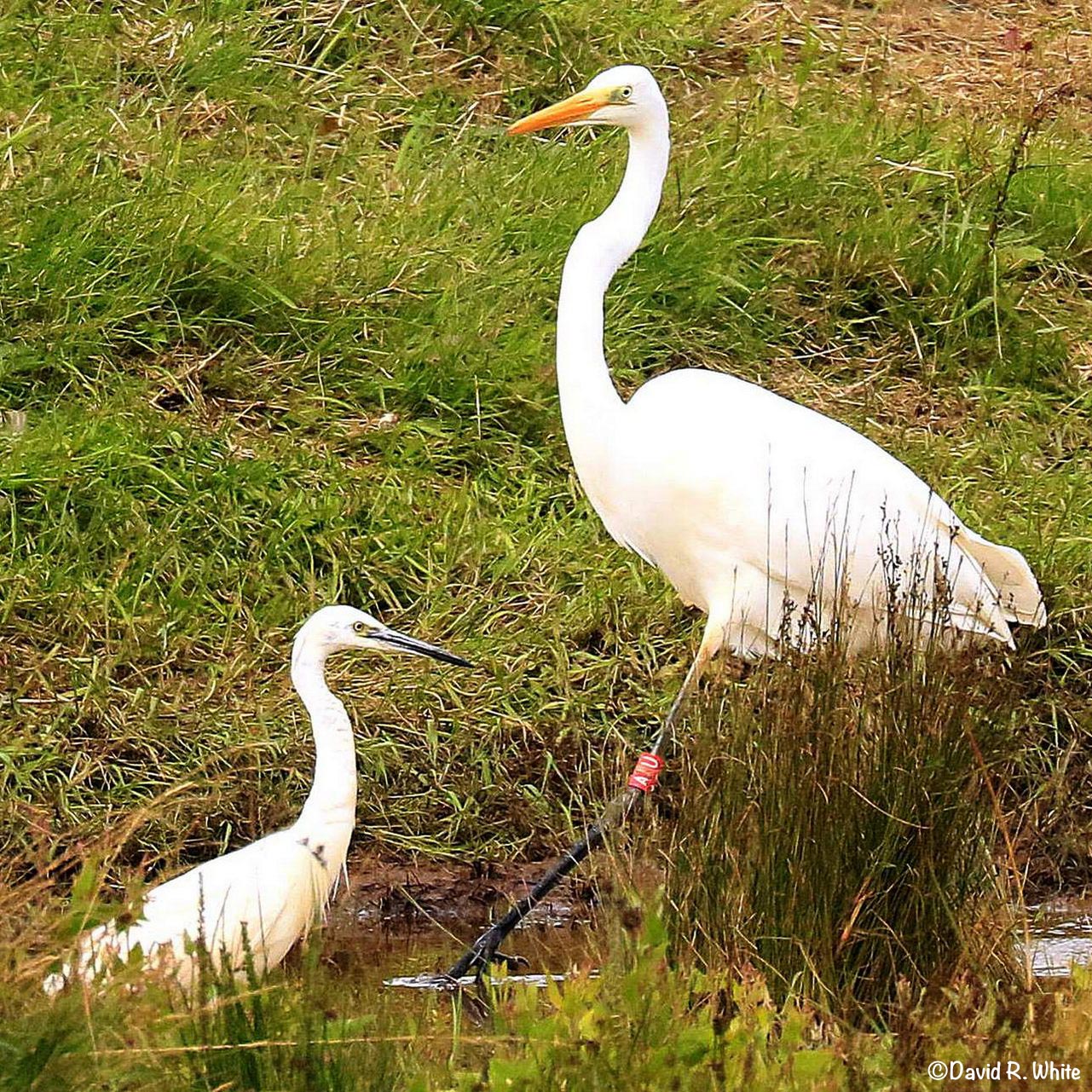 | ||||
The Rise of Egrets in the UK
The elegant egret, with its striking white plumage and graceful demeanour, has become an increasingly common sight in the UK in recent decades. This intriguing bird, belonging to the heron family, has made a remarkable journey from being a rare visitor to a familiar inhabitant of British wetlands. The story of the egret's presence in the UK is a testament to the dynamic nature of wildlife and the positive impact of conservation efforts.
Historical Context
Egrets were once a rare and infrequent visitor to the UK, primarily spotted during migration. However, the late 20th and early 21st centuries have witnessed a significant change in their status. The Little Egret (Egretta garzetta), in particular, has seen a dramatic increase in numbers and has become a breeding species in the UK since the 1990s.
Factors Contributing to Their Rise
Several factors have contributed to the rise of egrets in the UK:
- Climate Change: Warmer temperatures in the UK have created more favorable conditions for egrets. The milder winters have allowed them to establish permanent populations rather than merely passing through during migration.
- Conservation Efforts: Efforts to protect and restore wetlands and other natural habitats have provided egrets with suitable breeding and feeding grounds. The creation of nature reserves and protected areas has played a crucial role in supporting their populations.
- European Expansion: The expansion of egret populations across Europe has naturally extended to the UK. The Little Egret, in particular, has seen a broader range across the continent, leading to increased sightings and breeding activity in the UK.
The Impact on Local Ecosystems
The presence of egrets has had a notable impact on local ecosystems. As opportunistic feeders, they have adapted well to various wetland environments, preying on fish, amphibians, and invertebrates. Their foraging behavior has influenced the dynamics of these ecosystems, highlighting the intricate balance of nature and the interdependence of species.
Looking Ahead
The continued presence and potential expansion of egrets in the UK pose both opportunities and challenges. Ongoing monitoring and conservation efforts are essential to ensure that egret populations thrive without negatively impacting other native species. Educating the public about these magnificent birds and promoting habitat protection will be key to fostering a harmonious coexistence.
In conclusion, the rise of egrets in the UK is a fascinating example of how wildlife can adapt and thrive in changing environments. It underscores the importance of conservation efforts and the need for continued vigilance in protecting the natural world. As these graceful birds continue to grace British wetlands, they remind us of the beauty and resilience of nature.
